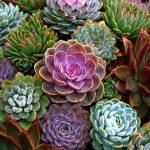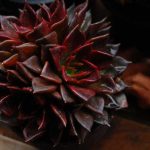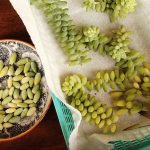Discover the elegance of Echeveria Lola, a charming succulent that holds a special place in the world of gardening. This lovely plant is perfect for novices and seasoned enthusiasts alike. Let Rachel Garcia, our expert gardener, guide you through the process of cultivating and caring for Echeveria Lola.
Marvel at the beauty of Echeveria ‘Lola,’ a captivating succulent that effortlessly captivates attention among other plants.
The subtle hues of its gray-blue leaves with hints of pink or green are truly enchanting. Each leaf is adorned with a delicate design reminiscent of a curly bracket. Lola, a popular household succulent, is adored for its aesthetic appeal.
Echeveria Lola is resilient, thriving in both containers and outdoor landscapes. The unique marbled texture created by the farina on its leaves adds a distinctive charm to any garden setting. With its enticing beauty and durability, Lola proves to be a fuss-free plant that requires minimal maintenance.
Plant Overview
|
Plant Type
Succulent
Family
Crassulaceae
Genus
Echeveria |
Species
Echeveria ‘Lola’
Exposure
Full sun to partial shade
Height
3″-6″ |
Watering Requirements
Low
Maintenance
Light Low What is Echeveria ‘Lola’?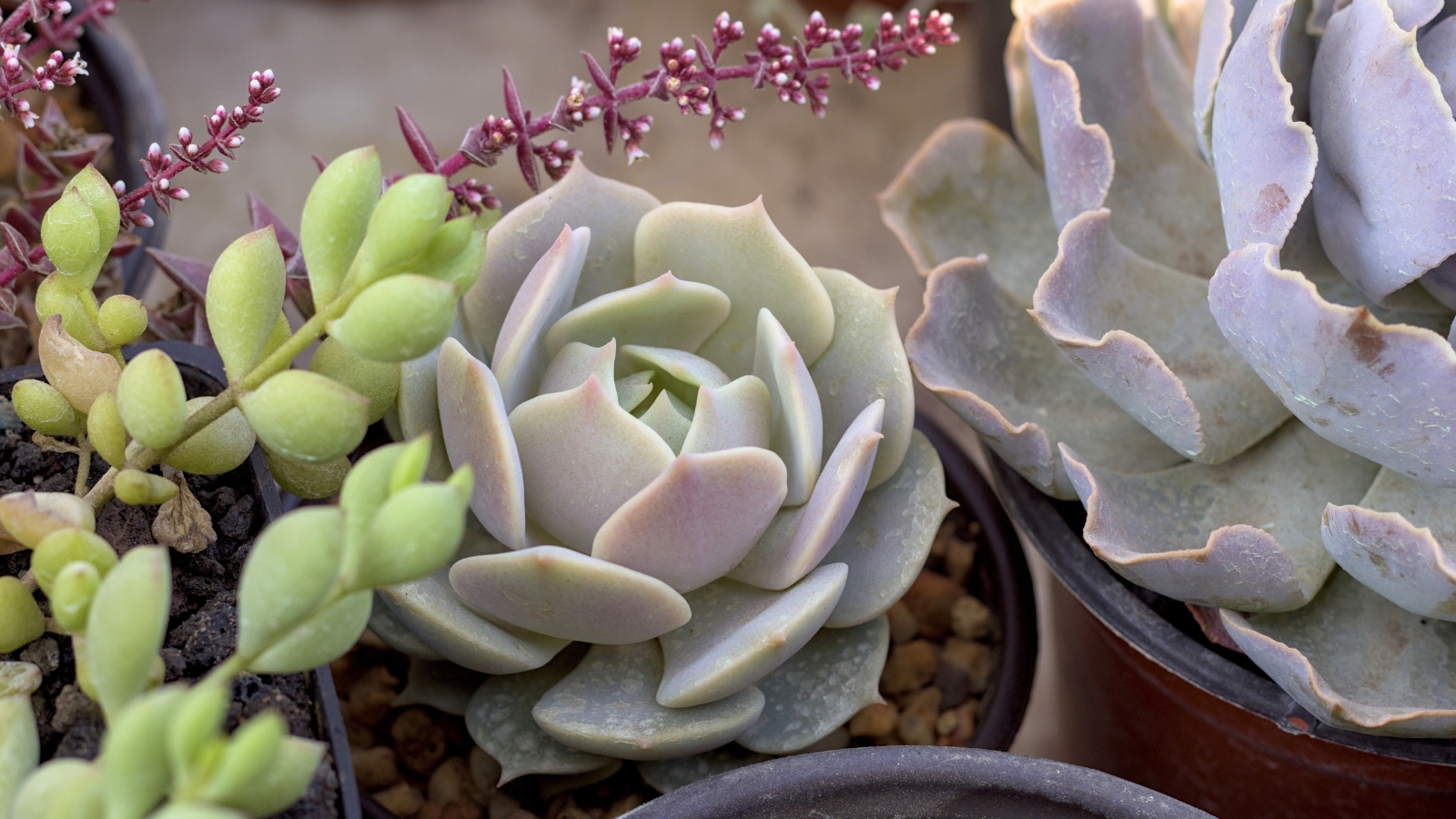  Lola was created by Dick Wright in 1980 as a hybrid, potentially involving Echeveria lilacina, Echeveria deresina, or Echeveria ‘Tippy’ as parent species. This plant is tough but sensitive to frost, thriving best in zones 10-11 for xeriscaping or indoors as a houseplant. Lola blossoms peach-colored, bell-shaped flowers in spring and summer and propagates through offsets referred to as pups. Planting  Pot Echeveria ‘Lola’ in well-draining soil within containers, although they can also be ground-planted in suitable climates. Opt for containers with drainage holes to prevent excess water retention at the roots, crucial in preventing issues like root rot. When transplanting, ensure the plant is positioned correctly within the new container without burying the leaves. How to GrowEcheveria ‘Lola’ is relatively simple to care for, making it an excellent choice for beginner succulent enthusiasts. Light  For Echeveria ‘Lola’, the optimal light setting is full sun to partial shade. Shield it from direct harsh sunlight in the unforgiving afternoons of summer to prevent leaf burn. An ideal outdoor spot should offer bright morning light and partial shade in the afternoon. If kept indoors, position your plant by a south-facing window for maximum sunlight exposure. Grow lights can also provide sufficient light for Lola’s growth. Similar to how your eyes adjust to light changes, succulents like Lola need time to acclimatize to increased sun exposure. Gradually move your plant to its new spot to prevent shock, especially crucial for young and delicate plants. Water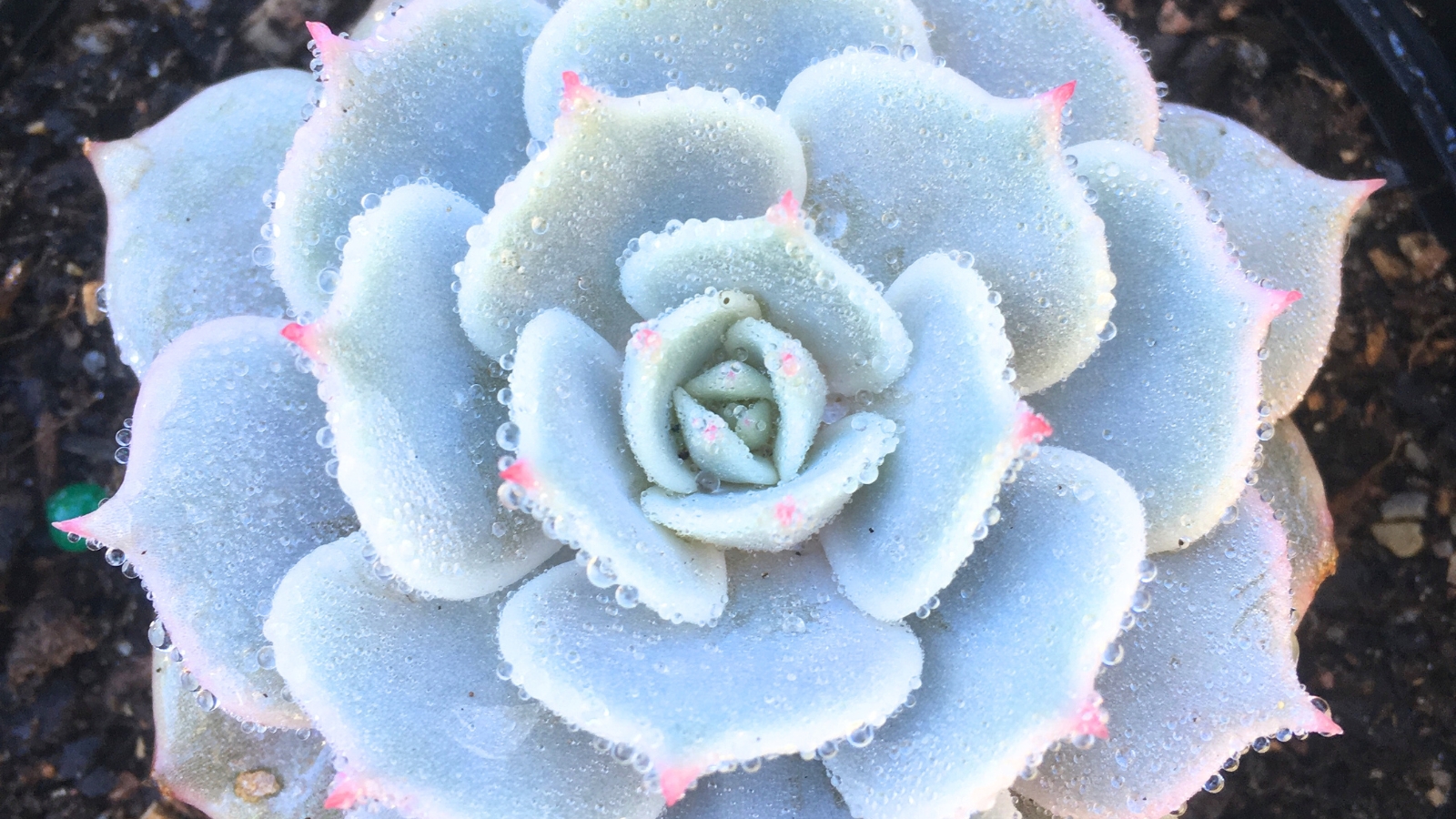  To water adequately, saturate the soil until excess water seeps from the pot’s drainage holes. Let the soil dry out entirely before watering again, replicating Lola’s natural desert-like habitat. During watering, ensure the rosette stays dry to prevent potential issues from excessive moisture. Opt for unglazed terra cotta pots that allow water evaporation to avoid overwatering risks. Observe your succulent for signs of incorrect watering. Yellow, mushy leaves or easy leaf drop indicate overwatering, while shriveling, wilting, and browning leaves suggest underwatering. Soil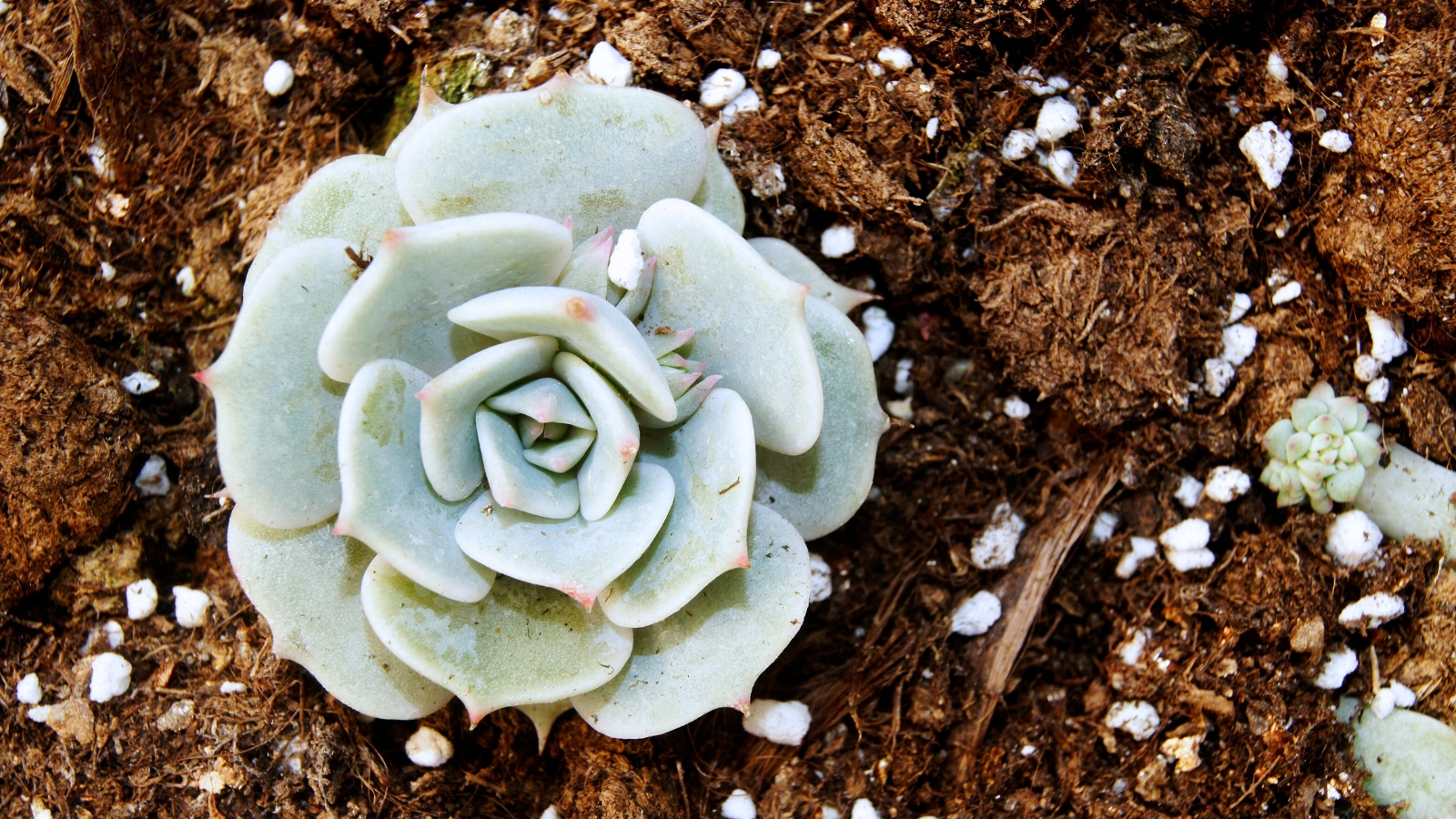  Adequate drainage is crucial for all succulents, including Echeveria ‘Lola’. Choose a fast-draining soil to prevent waterlogging and ensure your plant’s roots stay healthy. Purchase pre-made succulent soils from garden stores or create your mix by combining potting soil with perlite or sand in equal parts. Even though succulent soils are well-draining, they might retain excess moisture based on the plant’s location (especially indoors). If this happens, repot the plant and add more draining components to the soil mixture. Temperature & Humidity  For Echeveria ‘Lola’, colder temperatures can intensify the rosy hue. Yet, it cannot endure below 20°F (-7°C). Ensuring warmth and protection round the year is vital to prevent lasting harm. Avoid situating your plant in high humidity spots like enclosed terrariums. Such conditions can trigger disease problems. Moderate to dry air is what fosters optimal growth. Fertilizing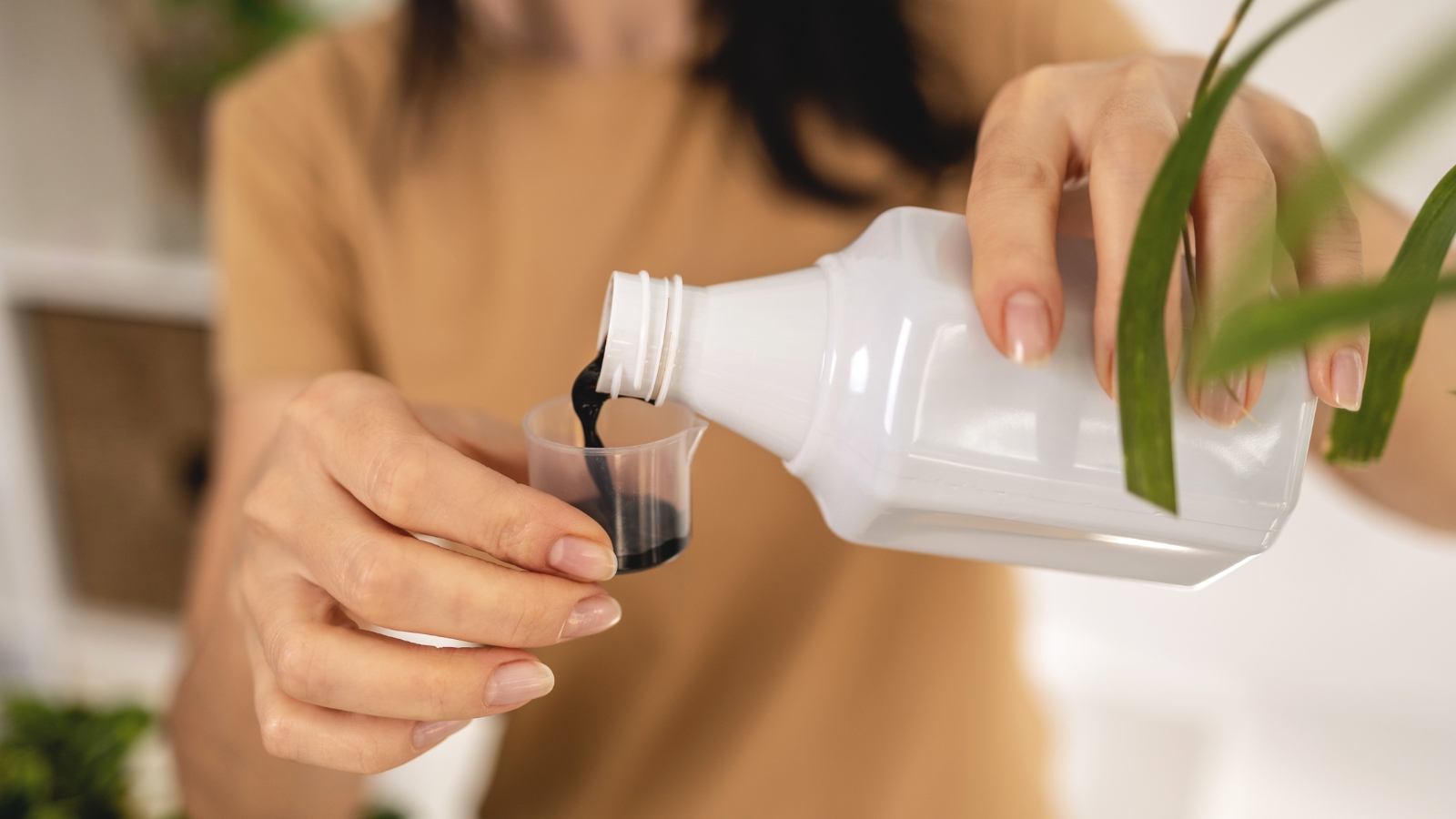  Feeding Echeveria ‘Lola’ isn’t typically required during growth. However, if it stalls or appears lackluster, a gentle boost might be beneficial. Opt for a balanced or low-nitrogen half-strength liquid fertilizer. Refrain from fertilizing outside spring through fall when the succulent is actively growing. Maintenance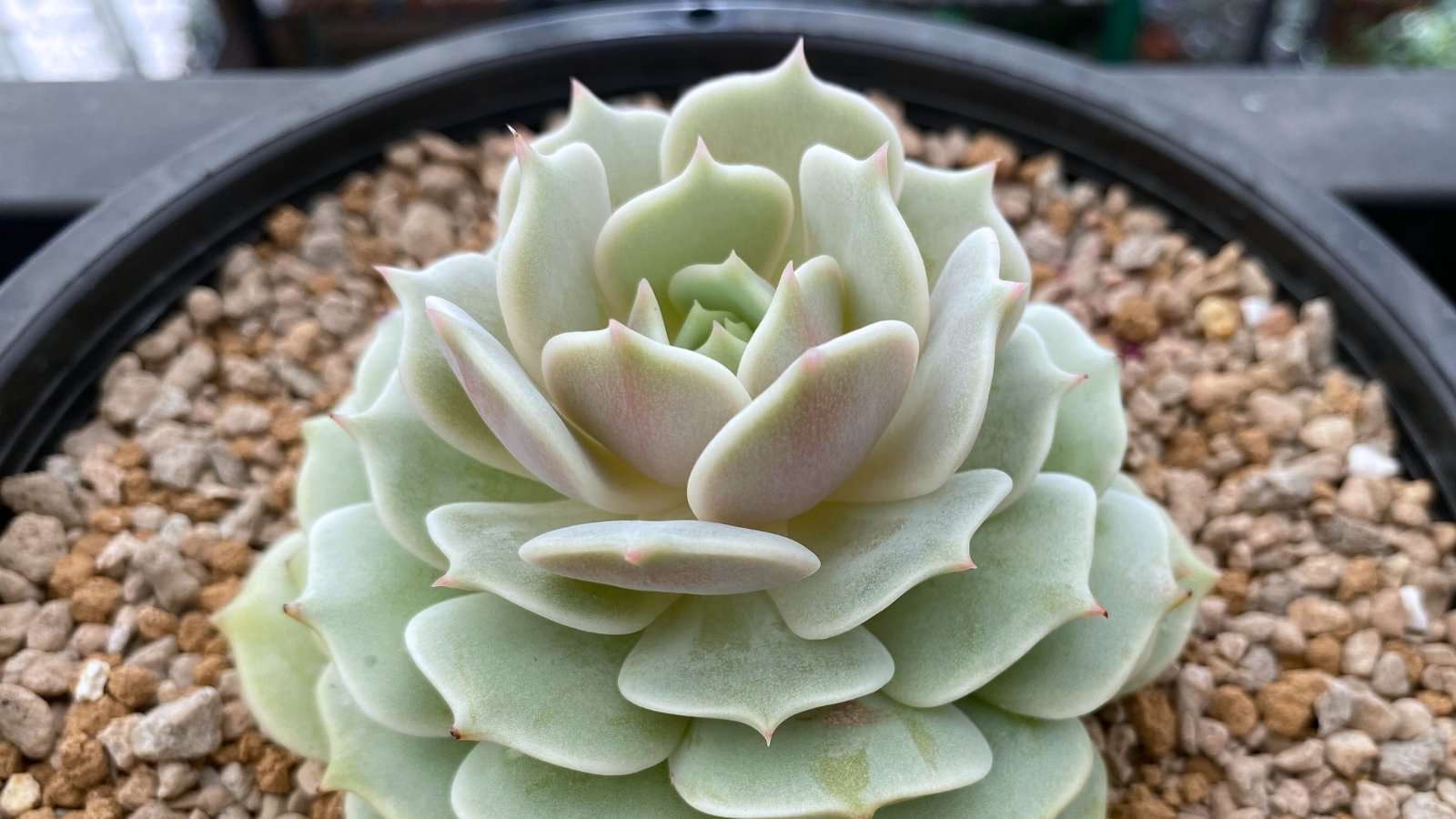  Every two years, refresh the soil by repotting your plant. Take the chance to inspect the roots for any signs of rot or damage. After the replanting, abstain from watering the succulent for a few days to allow it to acclimate and recover. Prior to repotting, ensure the new container has adequate drainage. Without proper drainage, excess water retention in the soil can cause root decay. Echeveria ‘Lola’ cannot withstand sitting in waterlogged conditions. Naturally, the lower leaves of Echeveria ‘Lola’ will drop off over time. If there are any dead leaves clinging to the stem, gently remove them by hand. Dispose of any fallen leaves in the pot to prevent attracting pests and diseases from decaying foliage. If your succulent is producing offsets that you do not wish to keep, trim them away with sharp clippers. Maintain a dry environment to aid in the healing process. Instead of discarding the offsets, consider propagating them for new plants. PropagationCreating new plants from this echeveria can be an enjoyable and simple process. It can be achieved through leaf or stem cuttings, offsets, or division. Once you become adept at it, you’ll be able to multiply your plants efficiently. Leaf Cuttings  When it comes to leaf cuttings, patience is key as they generally have a longer propagation period but tend to yield successful results. Carefully twist a leaf from the stem, ensuring its full removal. Allow it to air dry for a few days before placing it on well-draining soil. Regularly mist the cutting until it establishes roots in the soil. The slower progress is well-rewarded when you witness the emergence of a small rosette from the leaf. Stem Cuttings & Offsets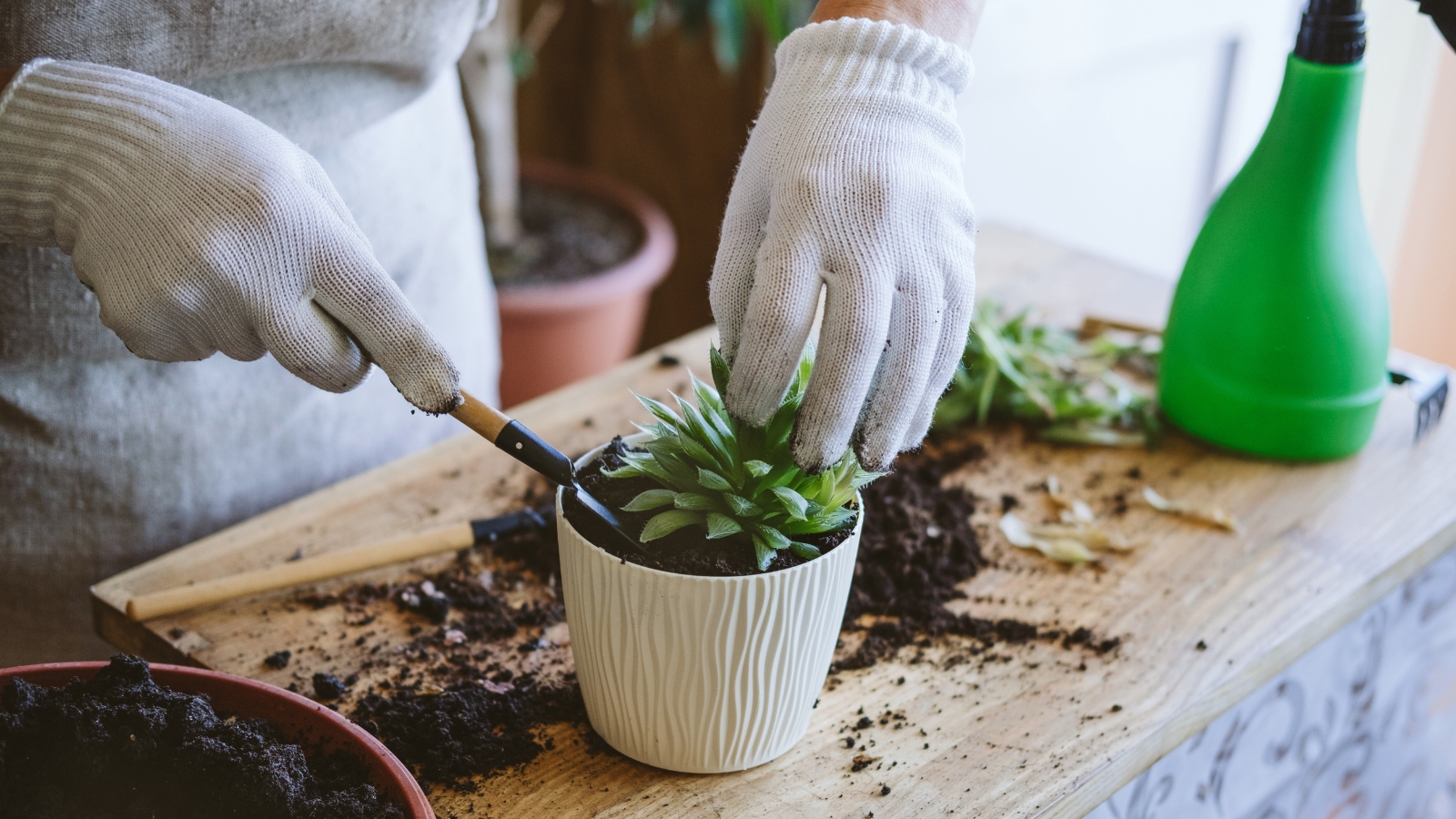  Stem cuttings and offsets offer similar propagation outcomes. Use a sharp knife to slice through the stem about an inch below the rosette’s top. Remove lower leaves and allow them to desiccate. Once a callus forms, plant your cutting in succulent soil and mist it occasionally. If you opt for a stem cutting, there’s a possibility that a remaining stem stub might sprout new rosettes. Continue standard care to foster this growth. Division  If your Echeveria ‘Lola’ has offshoots, you can either let them be or opt for division to give them their own space. Separate them from the main plant by cutting connecting stems or roots. Allow both plants to air dry before replanting them in the soil. Common ProblemsEcheveria ‘Lola’ encounters only a handful of potential problems, all of which are easily preventable or treatable, particularly if identified early. Etiolation
 Echeveria species often encounter etiolation due to insufficient light, elongating in pursuit of sunlight, resulting in a tall, sparse appearance. To maintain a compact Echeveria, ensure it receives adequate light from the start. If etiolation has already occurred, consider beheading the rosette for propagation purposes. Overwatering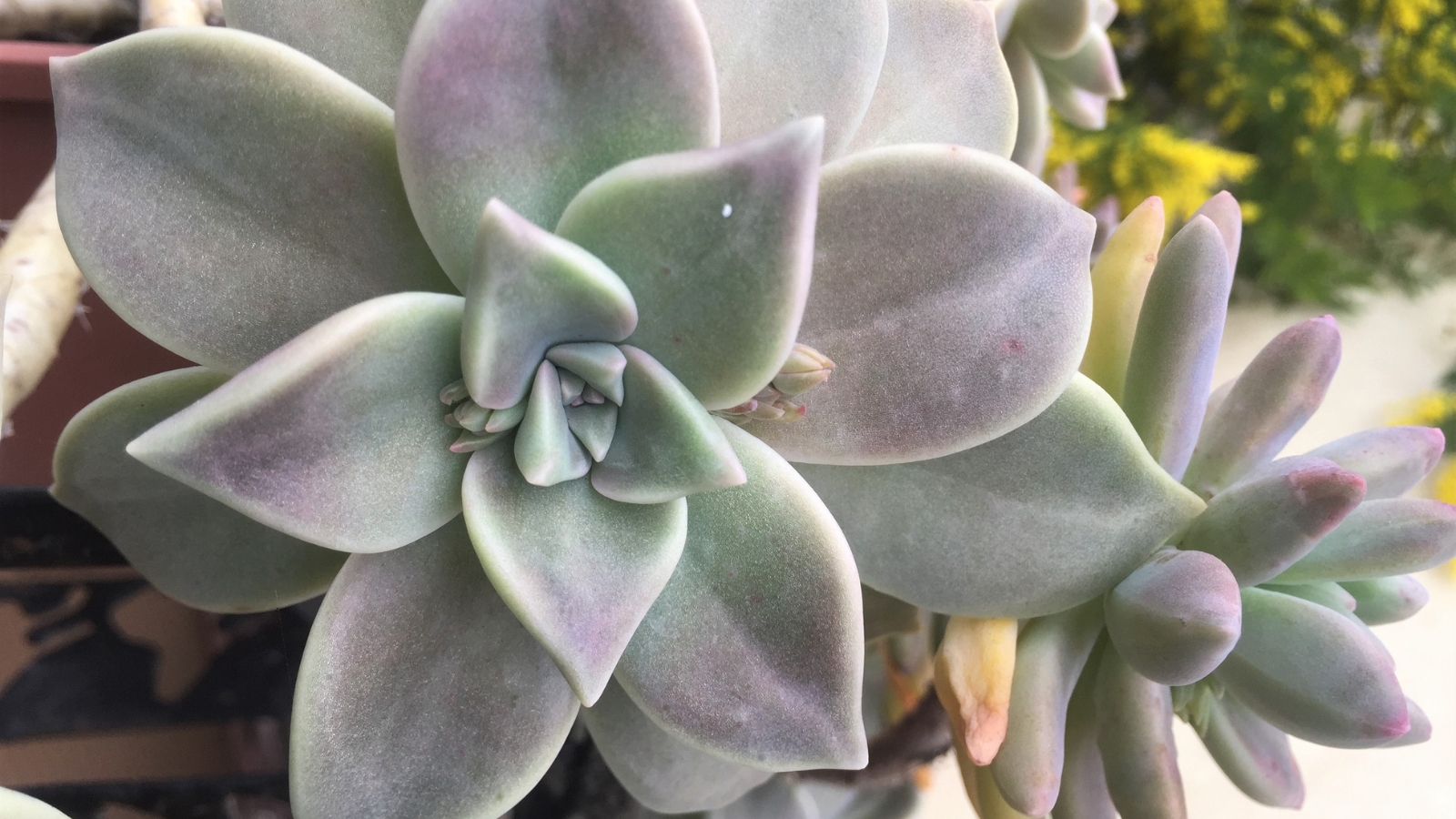  Overwatering can lead to yellowing leaves and root rot. Remember to allow the soil to completely dry before the next watering cycle and consider repotting in fresh soil if signs of rot are present.
Wondering about Echeveria lola’s toxicity?
|

